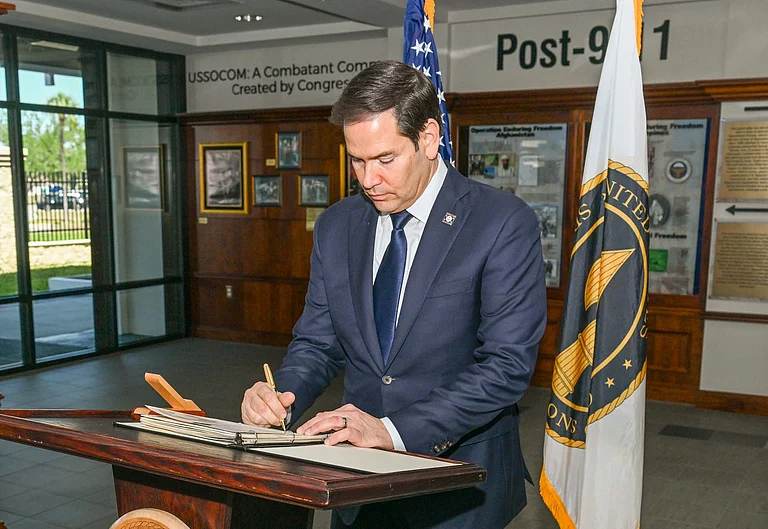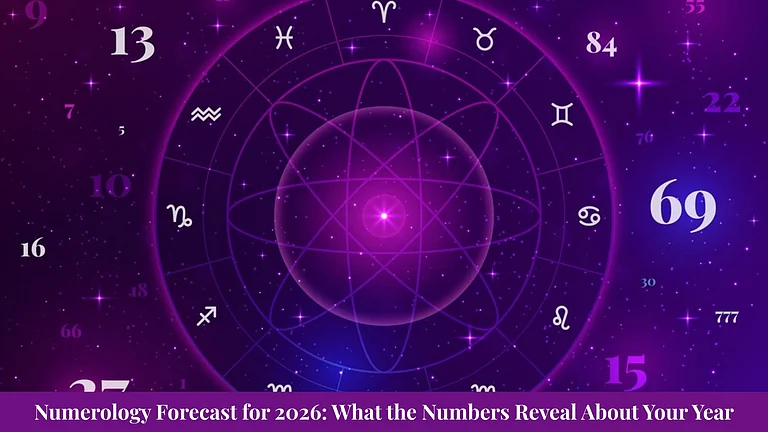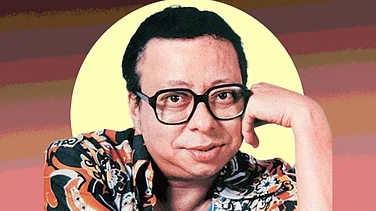One morning, as a gang of bank robbers were speeding away in a car with their loot, they noticed that were being pursued by a man on a horse. The man was wearing a purple bodysuit and a mask over his eyes. The children in the audience clapped and cheered for this familiar comic book hero. These robbers, they knew, stood no chance against Phantom.
When familiar comic book characters from our childhood bedtime reading come alive in animation movies, the nostalgia is enveloping. Let us walk through how Bollywood has dealt with animated characters.
While Hollywood production houses have produced full-length animation feature films like Shrek (2001), Finding Nemo (2003), Puss in Boots (2011), Spider-man: Into the Spider-verse (2018), Toy Story series and many others, Bollywood has stayed closer to the non-animation variety in their portrayal of comic book characters. For instance, in the Phantom-chasing-robbers scene in Bundal Baaz (1976) described above, it was Raja (Rajesh Khanna) playing Phantom.
Dadasaheb Phalke made the first animation film in 1915 called Agkadyanchi Mouj - The Game of Match Sticks. In India, starting from the 1950s, animated films of short duration were made by the Film Division to create awareness on important social issues like family planning, for instance, Baap re Baap (1968) by Ram Mohan and produced by the Family Planning Association of India which won the National Award for the Best non-feature animation film. The other important issue that the Films Division covered was national integration. Their 7 min long production Ek Anek aur Ekta (1974), directed by Vijaya Mulay and Bhimsain aired on Doordarshan and became very popular among children, especially its Vasant Desai-composed theme song Ek chidiya, anek chidiyan. Full-length animation feature films commenced at the start of the new millennium, with Pandavas – The Five Warriors (2000), directed by Usha Ganesarajah, being one of the first. Animation feature films have, by and large, centred around Indian mythological characters (Krishna, 2006, Ghatothkach, 2007) and their variants, like the Chhota Bheem series. These films have been of relatively shorter duration, ranging from 90-110 minutes and have evidently targeted the children. In other words, they have had a limited reach. But then, the cost of production of an animation feature film is prohibitively high. Are Indian production houses suitably equipped? For example, the budget for the animated comedy-drama Finding Dory (2016) was USD 200 million. Its worldwide addressable market justified the investment. Do Indian animated films command a scale that big? Even if a Bollywood production house were to find that amount of money, do we have sufficient experience to make a classy film in an animation format? Even a high-budget Kochadaiiyaan (2014) was termed a ‘bad puppet show’ with ‘substandard animation’.
Also, animation films do not attract the unlettered mass audience who would prefer a rom-com or an action masala film. Box office disappointment of even a high profile ‘cast’ like Toonpur ka Superhero (2010) with Ajay Devgn and Kajol is a case in point. It was termed a ‘toonathon that’s an exercise in torture’.
Perhaps the audience still perceives indigenously produced animation films as one that belongs to the TV or the tablet domain. Chhota Bheem series is a case in point. 200 episodes of Chhota Bheem were aired on Pogo TV between 2008 and 2011. Yet, the theatrical releases of its four films did not exactly make the earth rumble underfoot. Indigenous animation films, being folk-based, do not lend themselves to an international audience, which Finding Dory did (and raked in a billion US dollars). Thus, given the average returns on investment, animation feature films are a viability issue for Indian film producers, and so, the genre has remained non-mainstream. Rather, dubbing overseas productions in various Indian languages has proven to be a more viable option because these overseas films are culture-agnostic and geo-agnostic. In fact, Shah Rukh Khan dubbing his voice for the lead character Mr. Lajawaab in Hum Hain Lajwaab (2004), the dubbed Hindi version of The Incredibles (2004), helped the publicity cause of the Hindi version.
But yes, animations bring in variety and comic relief and therefore, animations have featured in parts in Bollywood feature films right from the black and white era. For example, the last antara of the song Chun chun karti aayi chidiya from Ab Dilli Door Nahi (1957) was in animation, while the opening credit sequence in Chalti ka Naam Gaadi (1958) was animated. In Do aur Do Paanch (1980), the opening credit roll showed animated versions of Shashi Kapoor and Amitabh Bachchan while that of Katha (1983) was an animation of the Hare and the Tortoise story. Qayda qayda penned by Gulzar from Khubsoorat (1980), was partly animated too. A few years later, Gulzar would go on to write Jangal Jangal baat chali hai for the dubbed Hindi version of Jungle Book.
Finally, it is a tribute to the popularity of Bollywood stars that a real-life individual gets adapted into a comic book or TV character. Yes, it went the other way around. The May 1980 edition of India Today had termed Amitabh Bachchan as a ‘One-man industry’. What better time than that to launch a comic book character based on him? Supremo it was, for a book series titled The Adventures of Amitabh Bachchan. In the comics, Supremo was an alter ego of the actor Amitabh Bachchan.
This co-existence of a real-life celebrity and a comic book character may be said to be akin to the merging of real-life and toon characters in Who Framed Roger Rabbit.
(Balaji Vittal is a National Award-winning and MAMI Award-winning author of Bollywood books, a columnist, a Bollywood commentator and a public speaker.
Rishab Bardhan is a Cinephile, a Graduate Film Student and a writer based in Mumbai.)
























